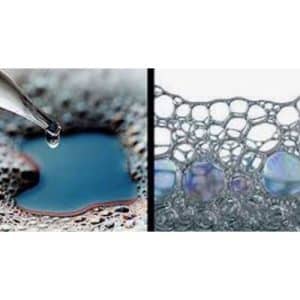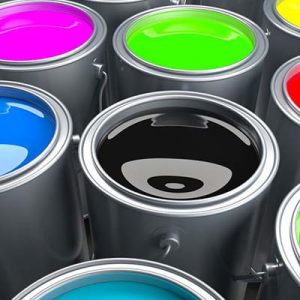Description
Additives play a crucial role in paint production, contributing to the overall performance, appearance, and durability of the final product. Various additives are incorporated into paint formulations to achieve specific characteristics and functionalities. Here are common types of additives used in paint production:
1. Pigments:
- Function: Provide color and opacity to the paint.
- Types: Inorganic pigments (titanium dioxide, iron oxide) and organic pigments.
2. Binders (Resins):
- Function: Form a film that binds pigments and other components, providing adhesion and durability.
- Types: Acrylic, alkyd, epoxy, polyurethane, and latex binders.
3. Solvents:
- Function: Thin the paint, aiding in application and evaporation.
- Types: Water (in water-based paints), mineral spirits, acetone, and other organic solvents.
4. Thinners and Reducers:
- Function: Adjust the viscosity of the paint for application.
- Types: Used in solvent-based paints to dilute the mixture.
5. Driers (Catalysts):
- Function: Speed up the drying process of the paint film.
- Types: Metal-based compounds (cobalt, manganese, zinc) that promote oxidation.
6. Surfactants:
- Function: Improve wetting and dispersion of pigments, aiding in application and color development.
- Types: Anionic, cationic, or non-ionic surfactants.
7. Thickeners and Rheology Modifiers:
- Function: Control the viscosity and flow properties of the paint.
- Types: Cellulose ethers, associative thickeners, and synthetic polymers.
8. Antifoaming Agents:
- Function: Prevent or reduce foam formation during manufacturing and application.
- Types: Silicone-based or non-silicone antifoaming agents.
9. Biocides and Preservatives:
- Function: Inhibit the growth of microorganisms (fungi, bacteria) in the paint.
- Types: Isothiazolinones, formaldehyde donors, and other antimicrobial agents.
10. UV Stabilizers:
- Function: Protect the paint film from UV degradation and color fading.
- Types: Hindered amine light stabilizers (HALS), benzotriazoles.
11. Adhesion Promoters:
- Function: Enhance the adhesion of the paint to various substrates.
- Types: Silane coupling agents, primers, and bonding agents.
12. Matting Agents:
- Function: Reduce gloss and create a matte finish.
- Types: Silica gel, precipitated silica, and synthetic polymers.
13. Anti-settling Agents:
- Function: Prevent settling or sedimentation of pigments in the paint can.
- Types: Associative thickeners, modified clays, and cellulose derivatives.
14. Colorants:
- Function: Used in tinting systems to create a wide range of colors.
- Types: Liquid or powder colorants based on pigments or dyes.
15. Flame Retardants:
- Function: Improve the fire resistance of the paint film.
- Types: Halogenated or non-halogenated flame retardants.
Considerations for Additive Selection:
- Compatibility: Ensure compatibility between additives and other components in the paint formulation.
- Regulatory Compliance: Adhere to regulatory standards regarding the use of specific additives.
- Environmental Impact: Consider the environmental and health impacts of additives in line with sustainability goals.
- Performance Requirements: Tailor additive selection to meet specific performance requirements such as drying time, durability, and appearance.
The formulation of paints involves a careful balance of these additives to achieve the desired properties and performance characteristics in the final product. Manufacturers often customize formulations based on the intended application, substrate, and environmental conditions.















Reviews
There are no reviews yet.